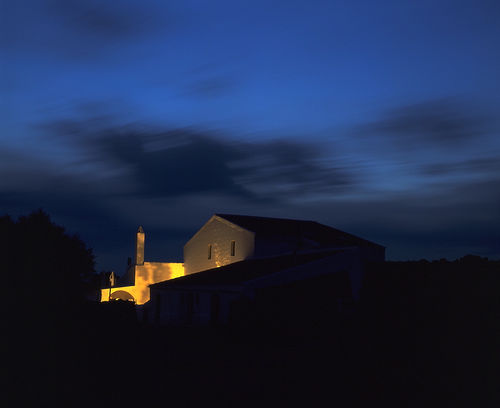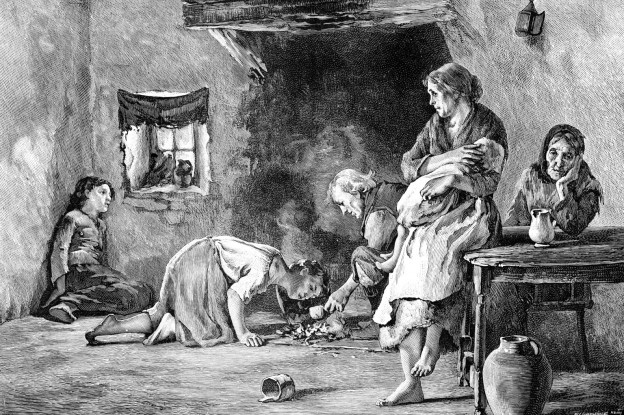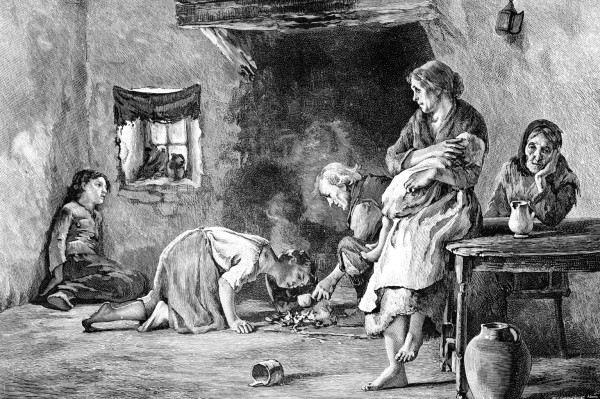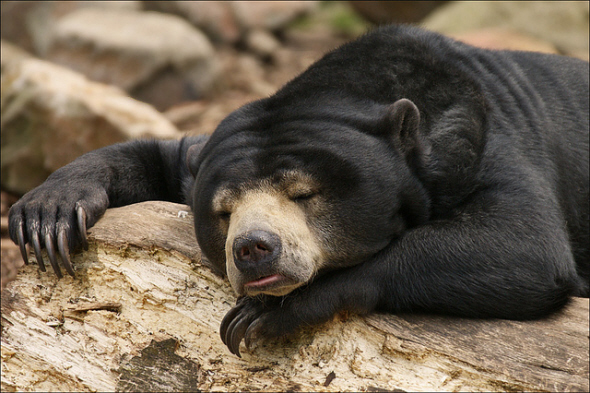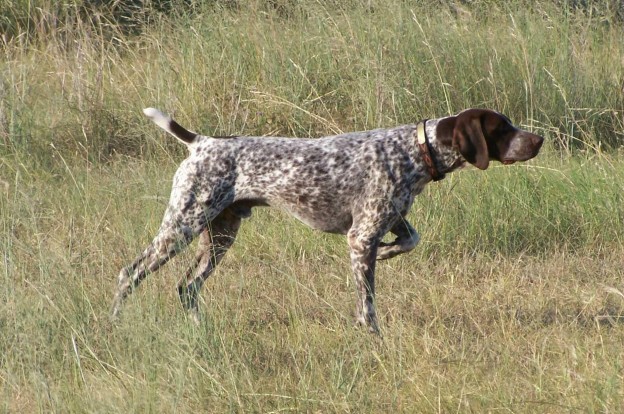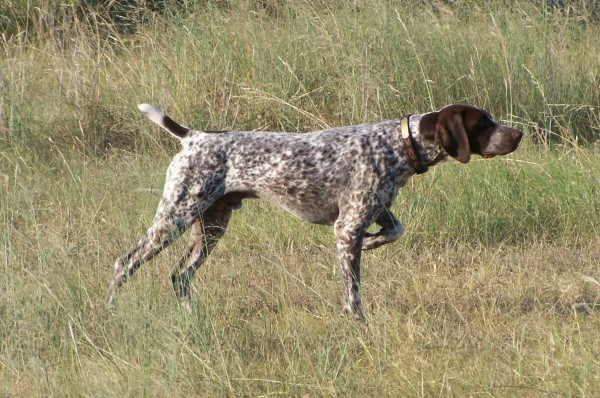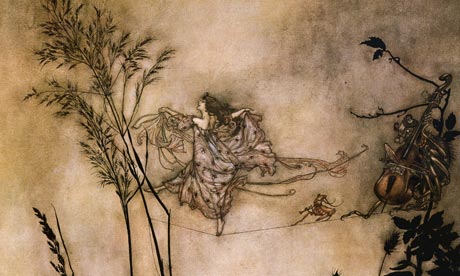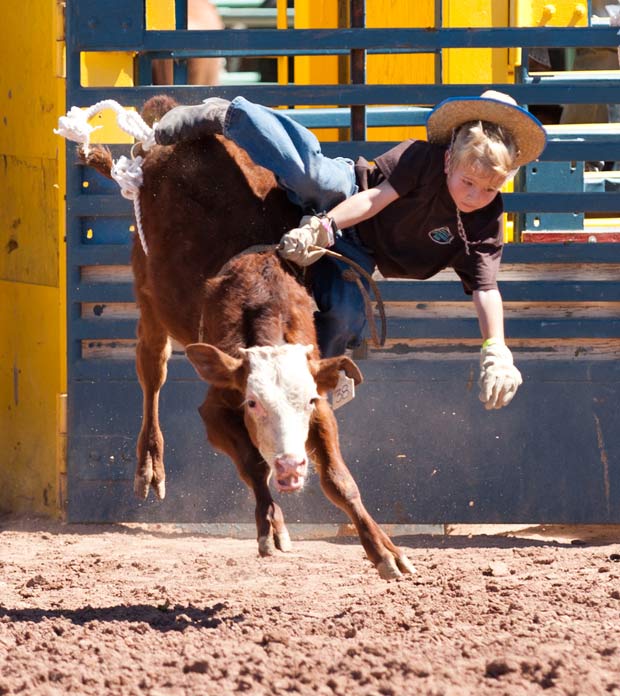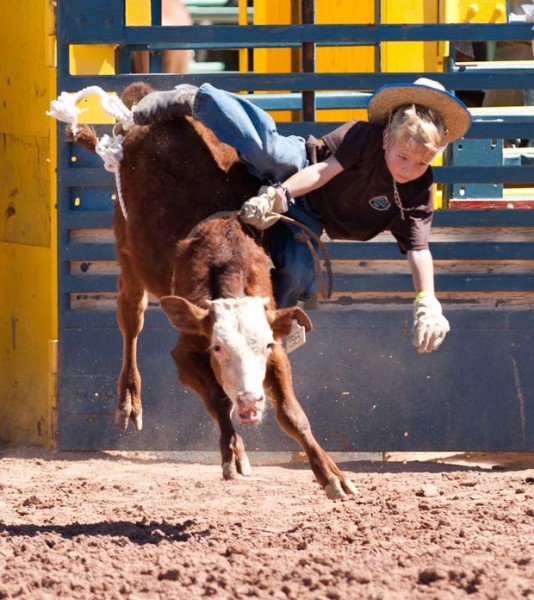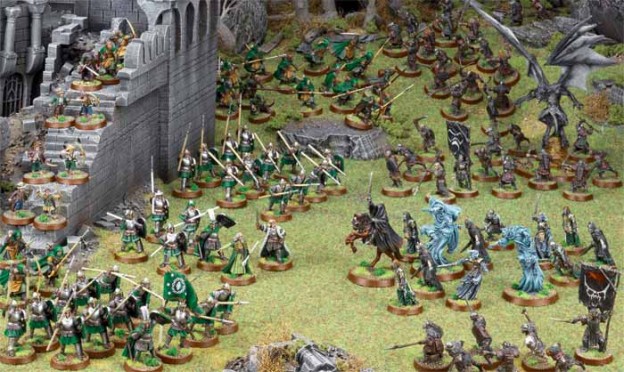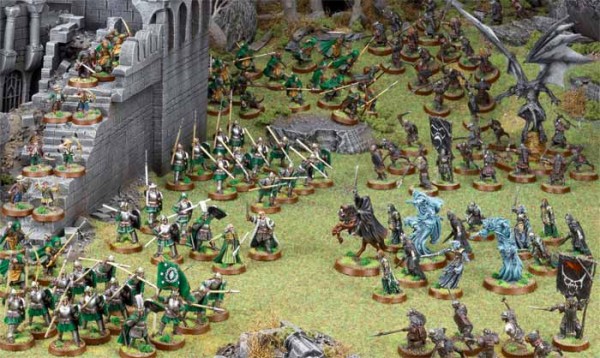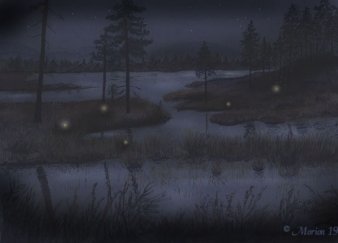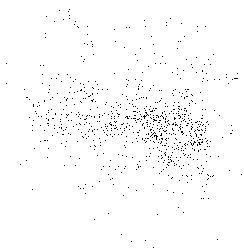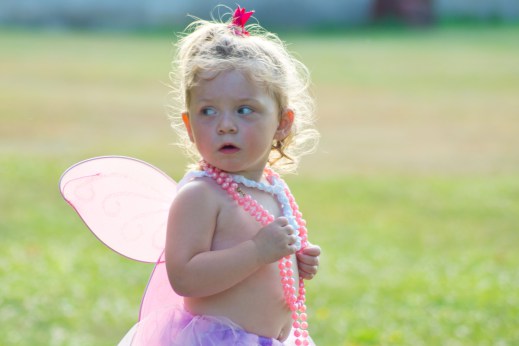
Editor’s Note: This first appeared in a review of Crofton-Croker’s Fairy Legends in 1825 and it was later included by Keightley in a slightly dressed down version. The viewing took place in the East Riding, though the author P, gives us no other clues where. We should probably imagine a late eighteenth- or early nineteenth-century date.
A respectable female, who is nearly related to the writer of this, and who is now alive, beheld, when she was a little girl, a troop of fairies, ‘deftly footing a rounel daunce’, in her mother’s large old wainscoted parlour, even in the ‘garish eye of day.’ I have frequently heard it related by her venerable mother, and subsequently by herself. I shall give the tale as I received it from the old lady. My eldest daughter Betsey was about four years old; I remember it was on a fine summer’s afternoon, or rather evening, I was seated in this chair which I now occupy. The child had been in the garden, she came into that entry or passage from the kitchen (on the right side of the entry was the old parlour-door, on the left the door of the common sitting-room; the mother of the child was in a line with both the doors); the child, instead of turning towards the sitting-room made a pause at the parlour-door, which was open. I observed her to stand, and look in very attentively, she stood several minutes, quite still; at last I saw her draw her hand quickly towards her body; she set up a loud shriek and ran, or rather flew, to me crying out ‘Oh! Mammy, green man will hab me! green man will hab me!’ It was a long time before I could pacify her; I then asked her why she was so frightened. ‘O Mammy,’ she said, ‘all t’parlour is full of addlers and menters.’ Elves and fairies I suppose she meant. She said they were dancing, and a little man in a green coat with a gold-laced cocked hat on his head, offered to take her hand as if he would have her as his partner in the dance. The mother, upon hearing this, went and looked into the old parlour, but the fairy pageant, like Prospero’s spirits, had melted into thin air. Such is the account I heard of this vision of fairies. The person is still alive who witnessed or supposed she saw it, and though a well-informed person, still positively asserts the relation to be strictly true.
